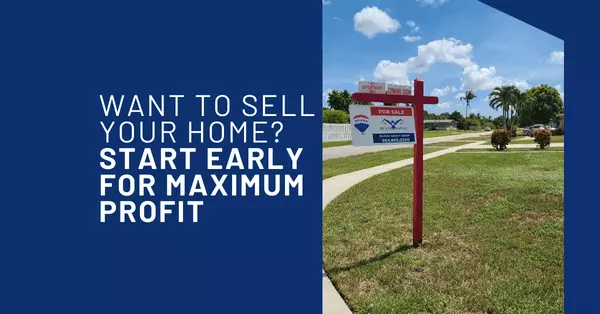Understanding the Federal Reserve and Its Impact on Mortgage Rates
The Federal Reserve (Fed) is a critical player in the U.S. economy, making decisions that influence interest rates, inflation, and financial markets. Homebuyers and real estate investors often feel its impact through changes in mortgage rates. Understanding how the Fed operates can help you make smarter financial decisions when buying or refinancing a home.
How the Federal Reserve Influences the Economy
Think of the U.S. economy as a farm and the Federal Reserve as a farmer controlling the water supply—water here represents money and credit. Just as too much water floods crops and too little causes them to wither, the Fed adjusts the flow of money to keep the economy stable and growing.
The tool the Fed uses to manage this flow is the federal funds rate, a benchmark interest rate that affects everything from savings accounts to personal loans and mortgage rates. When the economy slows, the Fed lowers rates to encourage borrowing and spending. When inflation rises, the Fed increases rates to cool down spending and curb price growth.
The Federal Funds Rate and Mortgage Rates
Although the Fed doesn’t directly set mortgage rates, its decisions affect them. The federal funds rate influences the yield on the 10-year Treasury note, which serves as a benchmark for fixed-rate mortgages.
For example:
- In May 2020, the federal funds rate was near zero, and the average 30-year fixed mortgage rate was about 3.28%.
- By late 2024, after a series of rate hikes to combat inflation, the average 30-year fixed mortgage rate climbed to 6.60%.
When the Fed raises rates, mortgage rates often increase as borrowing becomes more expensive. Conversely, lower rates generally lead to more affordable mortgage options.
What This Means for Homebuyers and Real Estate Investors
If you’re navigating today’s real estate market, here’s how you can respond to changes in Fed policy:
1. Shop for the Best Mortgage Rates
Even when rates rise, you can save money by comparing mortgage offers. Look for competitive terms that align with your financial goals.We have an amazing lender that beside being incredibly competitive often has programs available that offer rate buy downs and possible credits. Call us any time for recommendations!
2. Explore Adjustable-Rate Mortgages (ARMs)
Adjustable-rate mortgages often have lower initial interest rates than fixed-rate loans. This can be advantageous if you expect rates to drop and plan to refinance later. VA and FHA loans frequently offer ARM options for first-time homebuyers.
3. Consider Fixed-Rate Mortgages for Stability
If you plan to stay in your home long-term, a fixed-rate mortgage offers predictability. While rates may start higher, you won’t be affected by future increases. If rates decline, you can refinance to secure a lower rate.
What to Expect in 2025
The Federal Reserve began cutting rates in late 2024 and may continue this trend into 2025. However, factors like economic uncertainty and geopolitical events could influence how quickly these rate cuts impact mortgage rates.
FAQs About the Federal Reserve and Mortgage Rates
What role does the Federal Reserve play in mortgage rates?
The Fed sets the federal funds rate, which indirectly impacts mortgage rates by influencing the 10-year Treasury yield—a key benchmark for lenders.
Will my mortgage payment go down if interest rates drop?
If you have an adjustable-rate mortgage, your payment may decrease when rates fall. For fixed-rate loans, you’ll need to refinance to benefit from lower interest rates.
Who controls housing interest rates?
While lenders determine individual rates, the Fed significantly influences overall trends by adjusting the federal funds rate.
Categories
- All Blogs 45
- Best Listing Practices 3
- Buyers 5
- Buying Tips 2
- Community News 20
- Condo Market 2
- Credit Score 1
- Disaster Assistance 2
- Economic Outlook 2025 1
- First Time Buyers 2
- First Time Home Buyers 18
- Foreclosures 1
- Fraud 1
- holidays 2
- Home Buying 23
- Home Ownership 22
- Hurricanes 3
- Investments 1
- market trends 16
- Mortgage 15
- Mortgage Rate 2025 1
- Moving from New Jersey to Florida 1
- Neighborhood Spotlights 2
- Real Estate Trends 2025 1
- relocation guides 1
- Sellers 9
- Selling 7
Recent Posts











